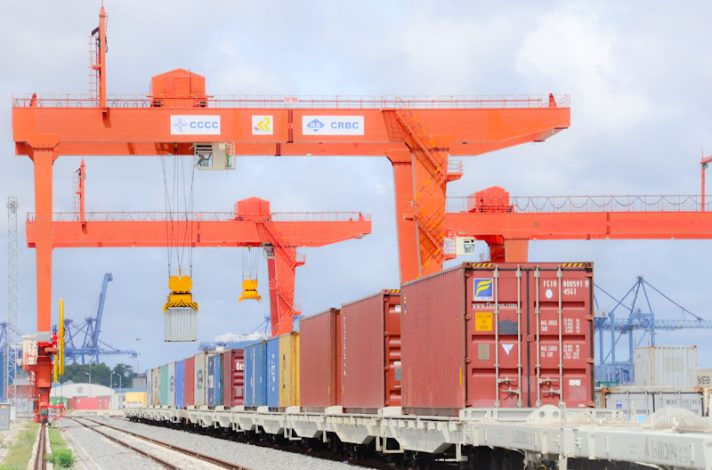This content has been archived. It may no longer be relevant
Kenya’s private sector activity improved slightly to 36.7 in May from 34.8 in April, showing continued signs of reduced activity and demand for goods and services.
According to the Markit Stanbic Bank Kenya Purchasing Managers’ Index (PMI), a reading above 50 indicates an expansion of activity compared to the previous month; below 50 represents a contraction; while 50 indicates no change.
“Driving the downturn was a considerable fall in output levels in May, as businesses reported lower activity due to weak sales. Demand levels were again impacted by travel restrictions around Nairobi and Mombasa, which meant some firms were unable to acquire inputs,” according to the survey published Thursday.
During the period, businesses made additional cuts to employment with the latest drop in workforces sharp and the quickest ever seen in the series history.
READ
- 81pct of Kenya’s Small and Mid-sized Companies Worst Hit by Covid-19
- Three-quarters of Kenya’s Small Businesses ‘Will Be Gone by End June’ – CBK
“We still expect the epicentre of Covid-19 to be felt in Q2, with respect to economic activity. Business conditions have contracted for five consecutive months now,” said Jibran Qureishi, regional economist for East Africa at Stanbic Bank.
In Kenya, the PMI measures the performance of agriculture, mining, manufacturing, services, construction and retail sectors and is derived from a survey of 400 companies.
The Index is based on five individual indexes with the following weights: New Orders (30 percent), Output (25 percent), Employment (20 percent), Suppliers’ Delivery Times (15 percent) and Stock of Items Purchased (10 percent), with the Delivery Times index inverted so that it moves in a comparable direction.




